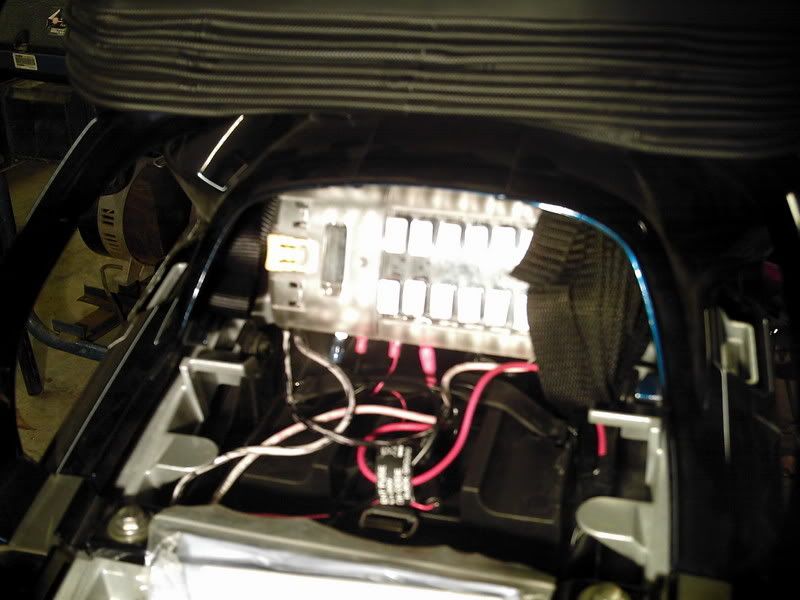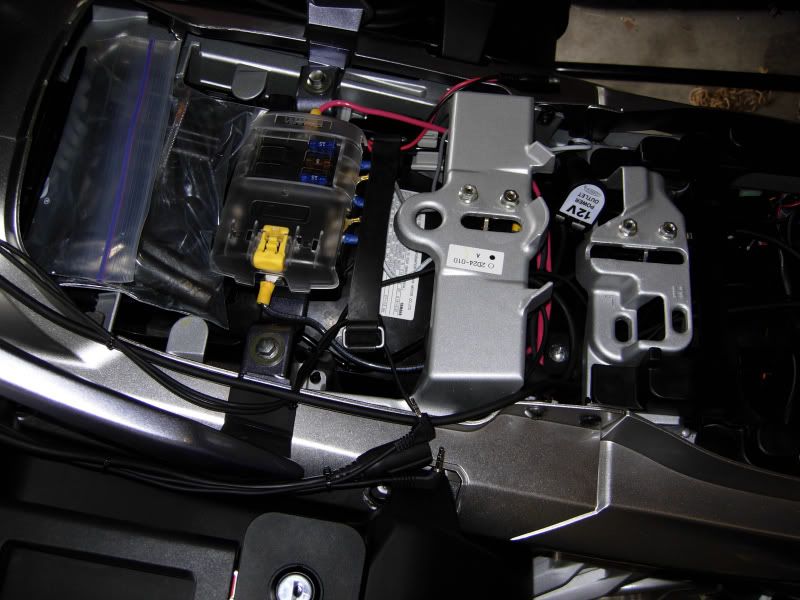Fencer
Why yes, I am a Smart ASS
I have read through many of the posted threads on the fuse block and am a little confused. One on the tech site said they ran the neg gnd back to the battery to eliminate whine in the audio system due to the previous tech suggesting a frame floating ground. I may have misread another from Bounce that said, (short version) - if you neg back to the battery you will cause a short.(unless a 2nd ground only block is used.
So do you
1 ground block to frame with each item grned in block
2 ground block to neg bat for no whine with each item grned in block
3 do not gnd block to frame, instead free gnd each item to frame
I am (wishing) to use a blue sea 12 gange with a built in neg block.
Placement is also a pain. most are saying put under the front seat but I already have the air compressor there and it will fit no othr place. Back seat room is questionable as this thing is 6.5x3.3x1.5. No glove box here. If I understand my electronics correctly. I want to use as short of a wire as possible. If I run it all the way to the rear every Item I hook up will have a longer lead as well. Will heated gear/gps/grips etc cuase a prob if I use a 12 ga wire from the batt to the block or do I need to go bigger?
So do you
1 ground block to frame with each item grned in block
2 ground block to neg bat for no whine with each item grned in block
3 do not gnd block to frame, instead free gnd each item to frame
I am (wishing) to use a blue sea 12 gange with a built in neg block.
Placement is also a pain. most are saying put under the front seat but I already have the air compressor there and it will fit no othr place. Back seat room is questionable as this thing is 6.5x3.3x1.5. No glove box here. If I understand my electronics correctly. I want to use as short of a wire as possible. If I run it all the way to the rear every Item I hook up will have a longer lead as well. Will heated gear/gps/grips etc cuase a prob if I use a 12 ga wire from the batt to the block or do I need to go bigger?








![fjackets Real Lambskin Leather Biker Jacket — Quilted Cafe Racer Zip Up Moto Leather Jackets For Men | [1100085] Johnson Brown, XL](https://m.media-amazon.com/images/I/41I7Pm1f+vL._SL500_.jpg)






































